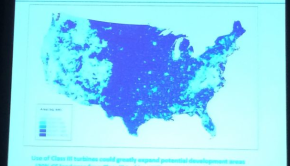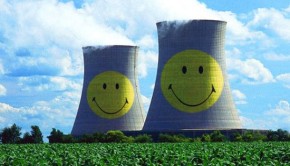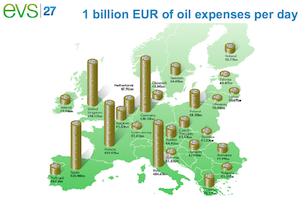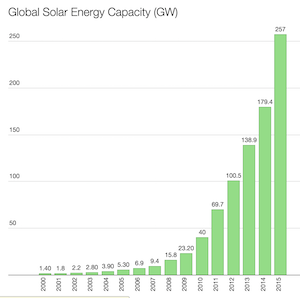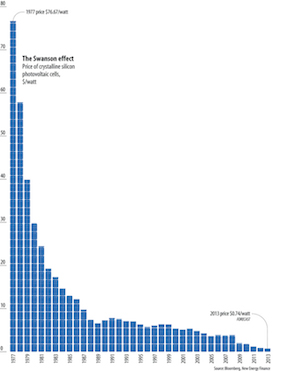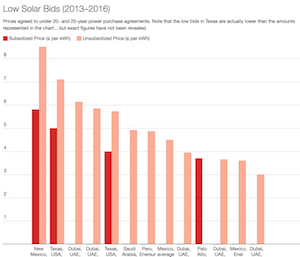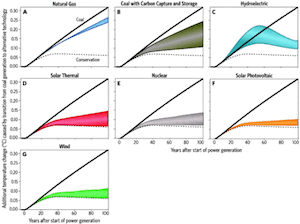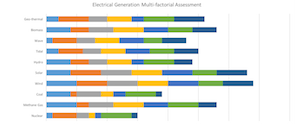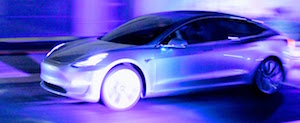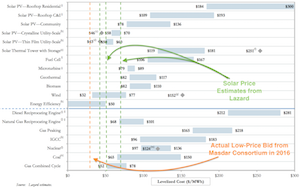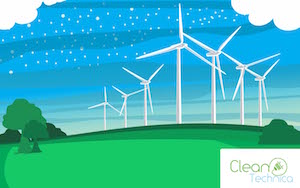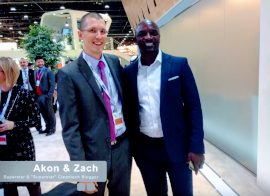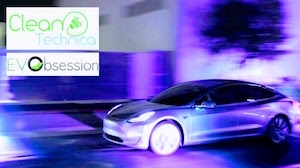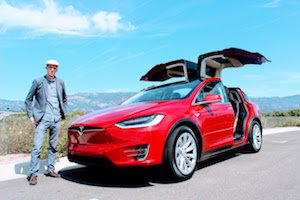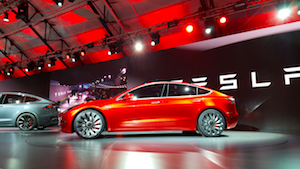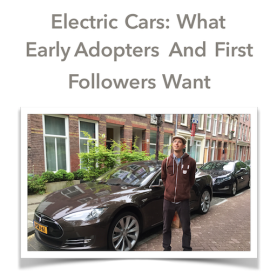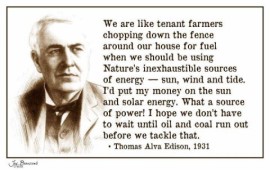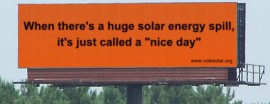NIMBYism Kills 45% of Clean Energy Projects
October 24th, 2011 by Stephen Lacey
Almost half of clean energy projects proposed in recent years have been delayed or abandoned due to local opposition, according to a March report from the U.S. Chamber of Commerce. That’s a lot of development potential denied.
The causes of this opposition are diverse: Environmental concerns, worries about property values, suspicion of outside developers, and many more. Lots of these concerns are legitimate; many others come from a lack of understanding of the sector, poor communication by local officials and developers, or even from fake “astroturf” opposition funded by corporate special interests.
In my opinion, one of the biggest problems is that much of that economic potential is not going directly to citizens. If people don’t have a direct financial stake in a project, they’re more likely to oppose it. That’s why I’ve called for feed-in tariffs on the local and state level as a way to stimulate more community and individual engagement in the clean energy economy. It’s what drove community development in Germany, Denmark and other European countries — and it’s more important than ever in the U.S. given how much clean energy we need to deploy in people’s backyards if we’re going to truly address the climate crisis.
EnergyNOW had a piece worth watching on some of the barriers holding up clean energy projects in the U.S. It doesn’t touch upon how incentives like feed-in tariffs can influence public attitude, but it does look at some unique problems project developers and individuals face.
This post was originally published on Climate Progress. It has been reposted with permission.
Wind NIMBY photo via Shutterstock.
Buy a cool T-shirt or mug in the CleanTechnica store!
Keep up to date with all the hottest cleantech news by subscribing to our (free) cleantech daily newsletter or weekly newsletter, or keep an eye on sector-specific news by getting our (also free) solar energy newsletter, electric vehicle newsletter, or wind energy newsletter.




